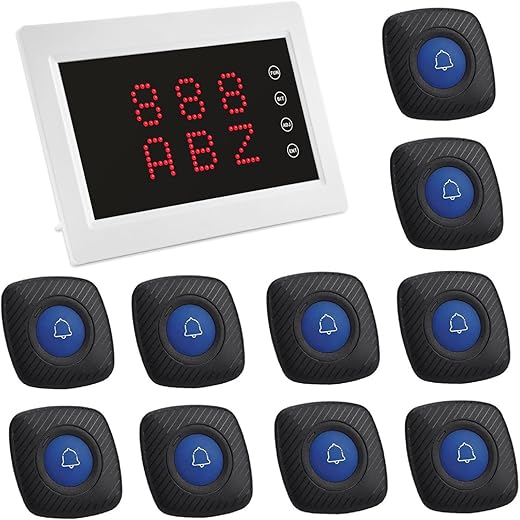









Understanding Alert Displays: Your Guide to Effective Notifications
In today’s fast-paced digital world, staying informed is paramount. Whether you’re managing a bustling office environment or simply trying to keep tabs on your smart home devices, alert displays have become an essential part of our lives. These systems ensure that important notifications reach us promptly, but what exactly are they? And how can you leverage them effectively? Let’s dive in.
What Are Alert Displays?
Alert displays are notification systems designed to convey critical information quickly and efficiently. Think of them as your digital lighthouse, guiding you through the fog of information overload. They can take various forms, from pop-up messages on your computer screen to dedicated LED panels in a corporate setting. Their primary goal is to ensure that you never miss a vital update.
Types of Alert Displays
When it comes to alert displays, variety is the spice of life. Here are some of the most common types you might encounter:
1. Visual Alerts
Visual alerts are those eye-catching notifications that catch your attention immediately. They can be in the form of flashing lights, colored icons, or even full-screen pop-ups. Imagine driving and seeing a bright red alert on your dashboard; it’s designed to make you stop and pay attention.
2. Auditory Alerts
These are sound-based notifications that can range from beeps and chimes to voice announcements. Have you ever heard your phone buzz or ring, signaling an incoming message? That’s an auditory alert in action, designed to prompt you to respond.
3. Tactile Alerts
Tactile alerts are less common but equally effective. Think of your smartphone’s vibration feature. It’s a subtle nudge that lets you know something requires your attention without disrupting your surroundings.
Why Are Alert Displays Important?
Imagine being in a meeting and missing a critical email because you didn’t hear your phone’s notification. Frustrating, right? Alert displays are crucial for several reasons:
– **Timeliness**: In many situations, timing is everything. Alert displays ensure that you receive important information just when you need it.
– **Focus**: By prioritizing critical alerts, you can concentrate on your tasks without constant distractions. It’s like having a personal assistant who only interrupts you for the most important matters.
– **Safety**: In settings like hospitals or factories, alert displays can be life-saving. They immediately inform staff of emergencies or critical situations, allowing for swift action.
How to Optimize Your Alert Displays
To get the most out of your alert displays, consider these strategies:
1. Customize Notifications
Not all alerts are created equal. Customize your notification settings to prioritize what matters most. For example, you might want to receive immediate alerts for work emails but mute notifications for social media updates during work hours.
2. Choose the Right Medium
Consider where and how you want to receive alerts. Do you prefer a visual display on your laptop or auditory notifications on your phone? The right choice will depend on your environment and personal preferences.
3. Regularly Review Alerts
Periodically review your alert settings. As your responsibilities and priorities change, so should your notifications. This ensures that you’re not overloaded with unnecessary information.
4. Keep a Balance
While alerts are important, too many can lead to notification fatigue. Strive for a balance that keeps you informed without overwhelming you. It’s like having a well-curated playlist; you want to enjoy the music, not feel bombarded by it.
Conclusion
Alert displays are indispensable tools in our increasingly complex world. They help us stay informed, safe, and focused, but they require careful management to be truly effective. By understanding the various types of alert displays and optimizing your notification settings, you can harness their power to enhance your productivity and responsiveness. So, the next time your phone buzzes or your computer flashes, remember: it’s not just a notification; it’s a lifeline to the information you need.
FAQs
1. Can I customize alert settings on all devices?
Yes, most devices allow you to customize alert settings. Check the notification settings in your device’s settings menu for options tailored to your preferences.
2. Are visual alerts more effective than auditory alerts?
It depends on the context. Visual alerts are great in quiet environments, while auditory alerts can be more effective in noisy settings. Assess your environment to determine which is best for you.
3. How can I prevent notification overload?
To prevent notification overload, regularly review and adjust your alert settings. Prioritize notifications based on urgency and relevance to your daily tasks.
